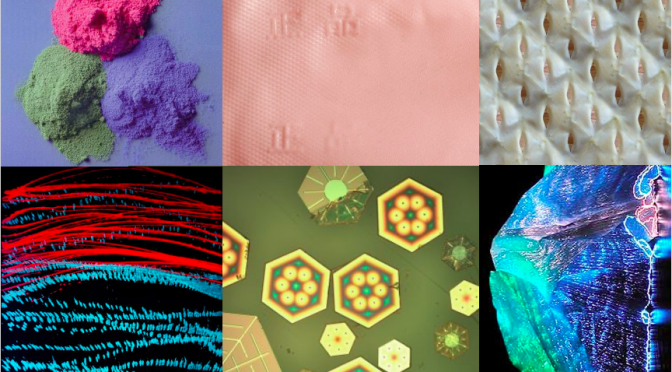Augmented Materials for Tangible Interfaces: Experimenting with Young Designers
This paper deals with the design of emerging, augmented, ICS materials in the framework of a Design-Driven Material Innovation approach, presenting a selection of concepts of Tangible Interfaces, developed during a workshop held at Politecnico di Milano. Continue reading Augmented Materials for Tangible Interfaces: Experimenting with Young Designers
